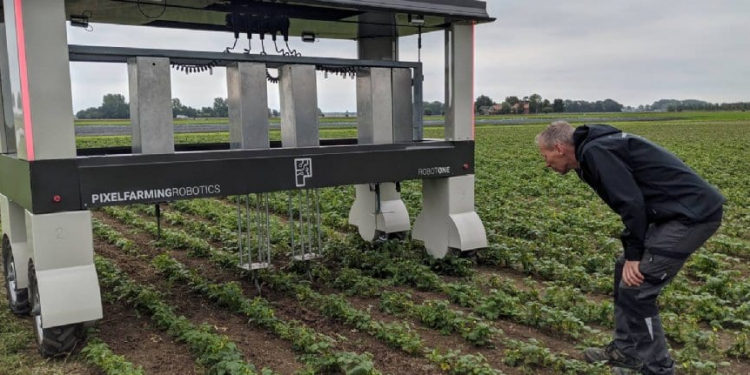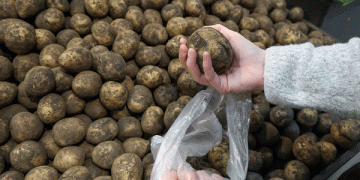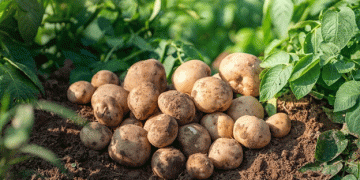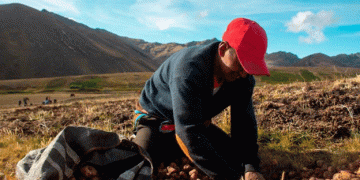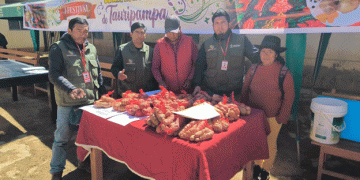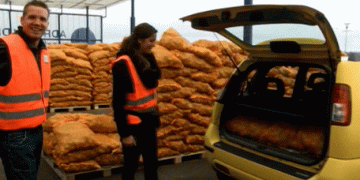Participants in the webinar about agricultural robots want to work together in a new ecosystem to play a key role worldwide. It is precisely the robot builders who collaborated with industrial suppliers at an early stage that series production costs fell and the market introduction process accelerated.
ABN Amro report ‘Battle for agricultural robots breaks loose’ was published in August. The many positive responses to this prompted ABN Amro and the Brabant Development Company (BOM) to organize a webinar for a selection of Dutch agritech and industrial businesses.
The aim of the webinar was to outline the developments in global and Dutch agri-robotization and to discuss the challenges and opportunities for robot manufacturers, dealers and industrial suppliers. About 65 participants discussed this with each other.
Labor shortage
Various social and technological developments will accelerate the need for and adoption of agricultural robots in the coming decade. The main reasons for this are a labor shortage (migrants), the need for more sustainably produced food with less or no use of crop protection products and a shortage of good agricultural land because the soil is becoming compacted and depleted.
Light robots can be part of the solution to these challenges. Agricultural robots can contribute to sustainable low- or chemical-free food production, take over the heavy lifting of labor migrants and at the same time provide less pressure on the soil, both literally and figuratively.
World market is growing
Partly as a result of this, ABN Amro expects the world market for agricultural robots to grow from 6.2 billion euros in 2020 to 12 billion euros in 2030 and that the Dutch share in it can grow from 715 million euros in 2020 to 2.5 billion euros in 2030.
In order to utilize this potential, it is crucial that existing bottlenecks are tackled: legislation, fragmentation of knowledge, access to subsidies and venture capital and the earnings model for manufacturers and agricultural entrepreneurs. Among the solutions for this, ABN Amro and BOM see targeted training and better chain cooperation.
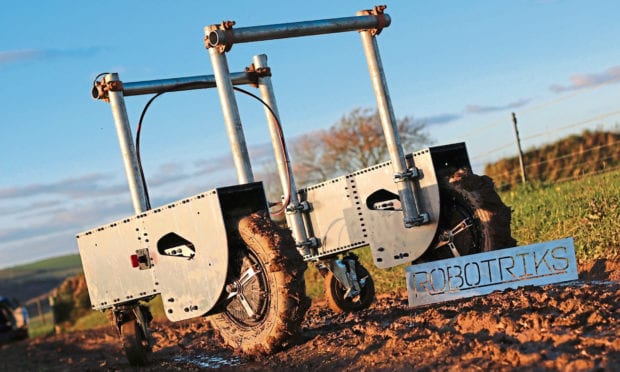
Brabant assets
In order to contribute to a sustainable food system from the perspective of technology, BOM has conducted various explorations and interviews into the Brabant agritech ecosystem. This mainly revealed that Noord-Brabant has many assets to strengthen the agritech ecosystem.
There are also various challenges for this ecosystem, such as the fragmentation of knowledge, the need for further development of certain techniques such as vision and sensing, existing obstructing legislation and regulations and the substantiation of business cases.
Innovation platform
In order to respond to the growing market potential, to contribute to social challenges and to support application builders in the accelerated introduction of innovations to the market, BOM wants to build an innovation platform together with various partners.
The AgROBOts in Motion (AiM) innovation platform can be an answer to both the potential and the current bottlenecks for BV Netherlands to play a key role in agrirobotics worldwide.
• Click on the PDF – Battle for agricultural robots
